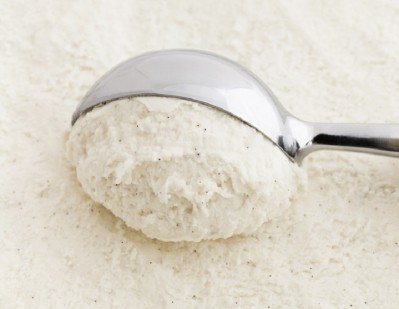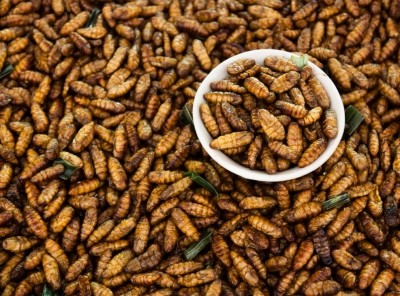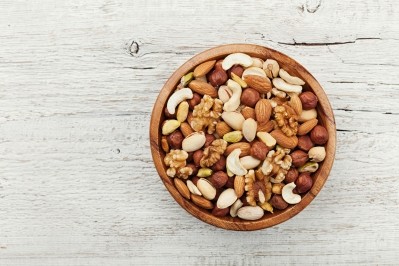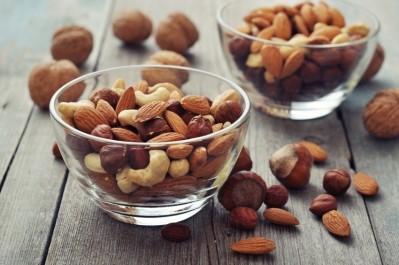From vegan ice-cream to gluten-free bakery: Can chestnuts conquer new categories?
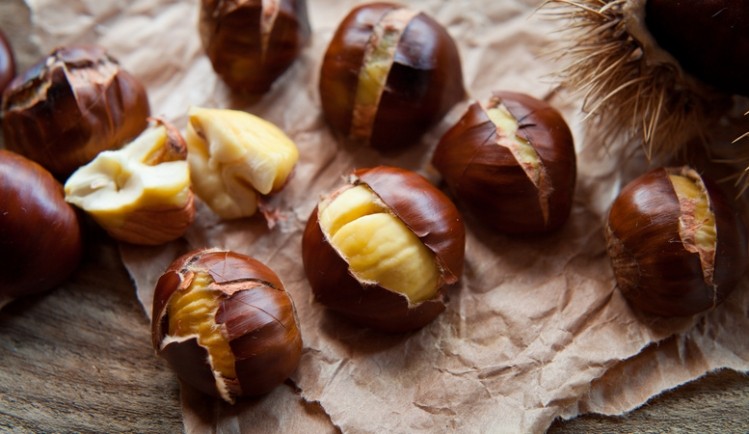
In the UK, chestnuts suffer from ‘seasonal NPD syndrome’, featuring heavily during the Christmas period in products such as stuffing, before disappearing.
In other European countries, particularly producer countries such as Italy, France, Spain and Portugal, however, they are eaten regularly all year round, featuring in both traditional dishes (such as chestnut soup or patisserie) and processed products.
In France, for instance, ‘crème de marron’, a sweet chestnut-based puree, is commonly eaten on crêpes or as a bread spread and shoppers can find chestnut mousse in the refrigerated aisle of supermarkets alongside chocolate mousse and yoghurts.
An 'on-trend' ingredient
Chestnut supplier Porter Foods would like to see this spread to the UK and it sees potential in healthy indulgence categories such as dairy-free, vegan ice cream.
Andrew Ashby, managing director of parent company Brusco, which acquired Porter Foods in July this year, said: “Chestnuts went through a phase of being a chef’s ingredient, used especially for making foams, but they have lots of functional features and possible applications that are widely overlooked.
“It’s a very on-trend ingredient from the perspective of the ever-growing focus on vegan food. It’s also high in fibre which is very important as most of us are deficient.”
While there are currently no chestnut-based vegan ice creams on the shelf in the UK, the UK supplier is in the process of piloting trials with manufacturers using chestnuts as an alternative to avocado.
“Lots of dairy-free ice creams use avocado as a base because they provide a creamy texture and mouthfeel but chestnuts can also provide this.
“When you macerate them down into a puree, they mix well and are quite easily absorbed into other ingredients, such as in stocks or sauces. They have a smooth, velvety mouthfeel and aren’t ‘bitty’," Ashby told FoodNavigator.
This dairy-free creaminess also works well in soups, sauces and stocks while chestnut flour is increasingly popular as a gluten-free alternative to wheat flour, Ashby said.
Unlike other nuts which are high in protein and fats, naturally sweet-tasting chestnuts contain low amounts of these nutrients and are instead high in starchy carbohydrates. However, they are also high in fibre with a 100 g serving providing around 8.1 g fibre, according to the US Department of Agriculture’s national nutrient database (or around one-fifth of the recommended dietary intake).
China is by far the biggest chestnut grower in the world, producing almost 1.9 million tonnes in 2016, according to the most recent data from the United Nations’ Food and Agriculture Organisation (FAO).
In Europe, the biggest growing regions are Turkey (64,000 t), Italy (56,000 t), Greece (31,000 t), Portugal (27,000 t), Spain (16,000 t) and France (9,000 t).
According to Porter Foods, the European chestnut (Castanea sativa) is naturally sweeter and tends to be bigger than the Chinese variety (Castanea mollissima).
2018 harvest has begun
The chestnut harvest is getting underway, with prime picking time at the end of October and processing beginning in November.
The chestnuts are picked and sorted to remove any that have been damaged by insects or mites. They are then graded and flash roasted, peeled by hand and stored in frozen format until ready to be processed. While the outer shell is removed by machine, chestnuts’ irregular shape means it is still easier to remove the inner skin by hand.
Porter Foods sources its chestnuts from a BRC-accredited Spanish processor, and imports whole roasted, kibbled, pureed, sweetened and candied chestnuts (marrons glacés) to the UK.
Due to processing costs, the vacuum-packed chestnuts are cheaper per kilo than the dried alternative, it said.
Future challenges
For the company, whose portfolio includes other products sourced from continental Europe such as wild mushrooms, Brexit “is a worry”, Ashby said.
“Like most businesses, we are looking at contingency plans centred around stockholding to deal with delays at ports if we don’t have a customs agreement in place. For sake of the supply chain, we hope we won’t have the same import duties as North America or China."
As for the potential risk of tariffs, Ashby said: “Everyone in the food industry will be in the same position. Everything will increase in price and so obviously if the retail sector tries to push back against that, lots of companies will go out of business."
Another headache, this time specific to the chestnut industry, is the chestnut gall wasp (Dryocosmus kuriphilus), an invasive pest native to China that has spread to other producer countries.
The wasp attacks the chestnut tree, which then fails to produce any fruit the following year, putting a huge dent in yields.
“The wasp has been working its way across the world impacting chestnut yield. It started in Japan in the early 2000s, then the US and in 2005 spread to Europe.”
It caused “considerable damage” to the French and Italian industries and, although it is slowly working its way into Spain, Ashby said the Iberian sector has had time to prepare.
The main way to combat the wasp is using natural antagonist methods, releasing other species of wasps that attack the chestnut gall wasp.


